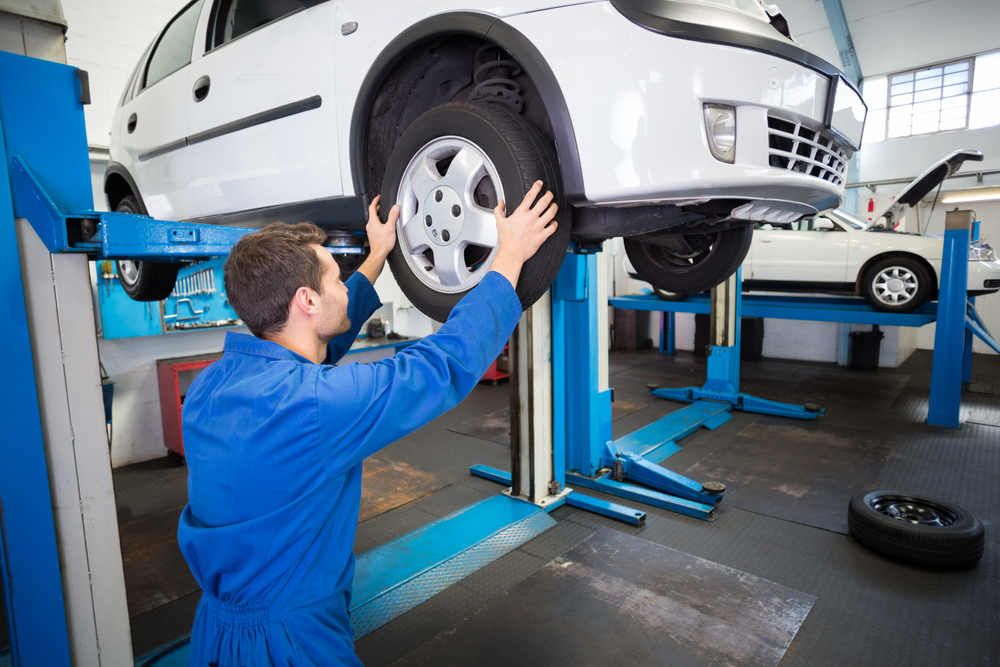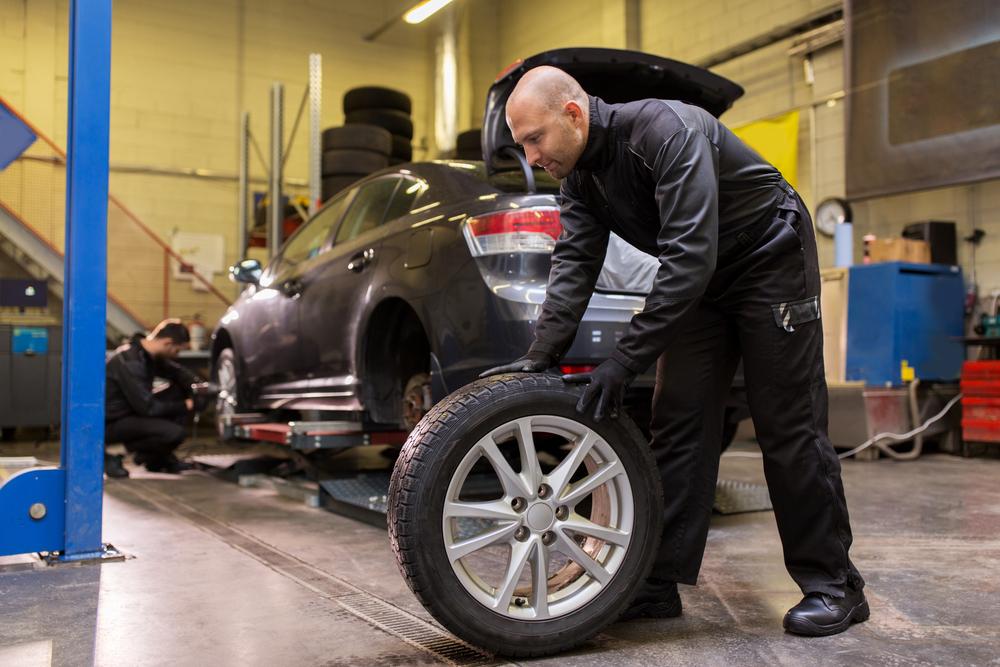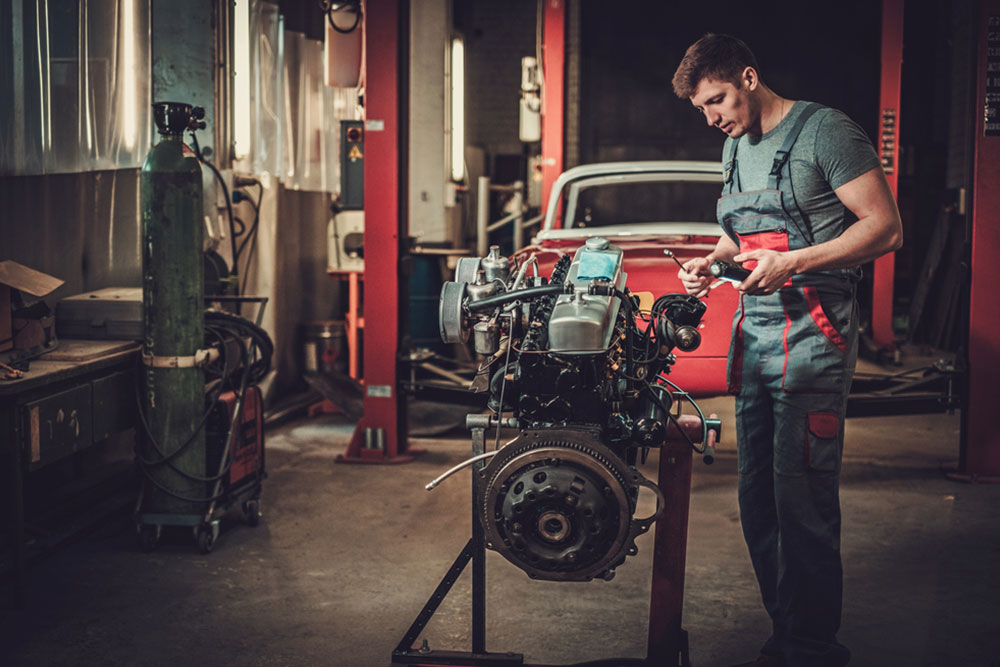Comprehensive Guide to Purchasing Discount Michelin Tires for Safe and Efficient Driving
Discover the ultimate guide to purchasing discounted Michelin tires without sacrificing safety. Learn how to select the right size, match tires to your vehicle specifications, and buy from reputable sellers. This comprehensive article offers expert tips on choosing all-season tires, inspecting wheel alignment, and ensuring authenticity. By following these guidelines, you can enjoy premium Michelin tires at affordable prices, enhancing your vehicle’s safety, handling, and durability throughout the year. Make informed decisions and drive confidently with our detailed advice.

Complete Tips for Buying Affordable Michelin Tires Without Compromising Safety
Selecting the perfect set of tires is a fundamental aspect of vehicle safety, performance, and driving comfort. Tires are not just rubber components; they are critical safety features that impact how your vehicle handles various road conditions, influences braking distances, and affects fuel efficiency. As time passes, tires naturally wear out due to regular use, environmental factors, and road conditions, necessitating timely replacement. If you notice signs of deterioration such as cracking, uneven tread wear, or reduced traction, it’s vital to consider purchasing new tires promptly. Fortunately, in today’s market, consumers have access to high-quality discounted Michelin tires, enabling them to enjoy premium performance at affordable prices. This guide provides detailed insights and practical advice to help you make an informed purchase, ensuring both safety and value are maximized.
Match Tires Perfectly with Your Vehicle’s Specifications
Ensuring the tires you select are compatible with your vehicle’s make and model is a critical first step. Different types of vehicles—sedans, SUVs, trucks, sports cars—have specific tire requirements. Michelin offers a comprehensive lineup of tires designed for various vehicle types and driving needs. To find the most suitable options, consult your vehicle’s owner manual or visit Michelin’s official website. Their online tool allows you to input your vehicle details and receive tailored tire recommendations. Proper matching guarantees optimal safety, handling, and fuel efficiency, and prevents premature wear or damage caused by incompatible tires.
Pay Close Attention to Tire Dimensions and Specifications
When shopping for discounted Michelin tires through third-party sellers or online marketplaces, it’s crucial to verify tire dimensions meticulously. Key specifications include tread width, sidewall aspect ratio, rim diameter, load-carrying capacity, and speed rating. These parameters determine if a tire will fit your wheels and perform as intended under your typical driving conditions. Comparing these details against your existing tires helps avoid costly mistakes, such as installing tires that are too wide or too narrow, which can compromise safety and handling. Always check the sidewall for size markings, and if in doubt, consult your vehicle’s manual or a professional mechanic.
Invest in All-Season Michelin Tires for Year-Round Safety
Instead of opting for cheaper, lower-quality tires that may underperform or wear out quickly, consider investing in Michelin’s all-season tires, especially during sales or discounts. These tires are engineered to provide reliable traction, handling, and durability across various weather conditions—including dry, wet, and light winter conditions. Modern all-season Michelin tires utilize advanced rubber compounds and tread designs to ensure consistent performance, reduce the need for seasonal tire changes, and enhance safety and convenience throughout the year. Whether you live in a region with moderate weather or experience year-round varying conditions, all-season tires offer an excellent balance of safety and cost-effectiveness.
Perform a Thorough Inspection of Your Vehicle’s Wheels and Suspension
Prior to installing new tires, it’s advisable to inspect your vehicle’s wheel alignment, balance, and suspension components. Poor alignment leads to uneven tire wear, reduced handling efficiency, and decreased safety. Maintaining proper alignment and regularly checking your suspension can prolong tire lifespan and improve overall vehicle stability. After fitting new tires, ensure your wheels are correctly aligned and balanced to optimize performance and avoid premature tire degradation. Regular maintenance and inspections, coupled with quality tires, contribute significantly to the safety and longevity of your vehicle.
Assess Your True Needs and Seek Professional Advice
Avoid the temptation to replace tires solely because of discounts or promotions. Instead, conduct a practical assessment of your current tires' condition. Consult with a qualified mechanic or tire specialist to determine whether your existing tires still have sufficient tread depth, structural integrity, and safety margin. Sometimes, minor repairs, balancing, or alignment adjustments can extend the life of your current tires, saving money. Buying the right tires involves balancing cost, quality, and safety—making informed decisions rather than rushing based solely on discounts ensures better value and long-term satisfaction.
Select Reputable Vendors and Verify Authenticity
When purchasing discounted Michelin tires, prioritize buying from trusted and authorized dealers or well-established online platforms. Counterfeit tires are a prevalent issue in the market and can pose severe safety risks. Always verify the seller’s credibility and ensure that the tires are genuine Michelin products. Authentic Michelin tires come with official markings, warranty documentation, and reliable customer support. Purchasing from reputable sources guarantees the quality, safety, and performance you expect from a premium brand. Remember, investing in authentic products is essential for your safety and the longevity of your vehicle’s performance.
Maintain your tires properly by checking tire pressure regularly, rotating them at appropriate intervals, and addressing any issues promptly. Proper maintenance not only extends the lifespan of your tires but also ensures ongoing safety and optimal vehicle performance whether you’re using new or used tires.





